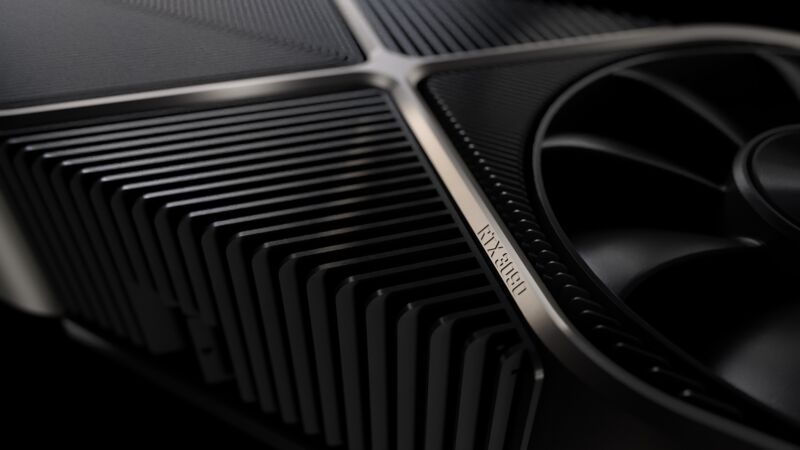Nvidia’s new AI upscaling tech makes low-res videos look sharper in Chrome, Edge

Enlarge / Currently, only 30- and 40-series GPUs are supported. (credit: Nvidia)
Nvidia's latest GPU driver introduces its new AI-based upscaling technique for making lower-resolution videos streamed offline look better on a high-resolution display. Now available via the GeForce driver 531.18 released on Tuesday, Nvidia's RTX Video Super Resolution (VSR) successfully cleaned up some of the edges and blockiness of a 480p and 1080p video I watched on Chrome using a 3080 Ti laptop GPU-powered system, but there are caveats.
By Nvidia's measures, 90 percent of video streamed off the Internet, be it from Netflix, YouTube, Hulu, Twitch, or elsewhere, is 1080p resolution or lower. For many users, especially those with Nvidia GPU-equipped systems, when moving to 1440p and 4K screens, browsers upscale this content, which can result in image artifacts like soft edges.
Nvidia VSR, which (somehow) shouldn't be confused with AMD VSR (Virtual Super Resolution, targeting lower-resolution displays), uses the AI and RTX Tensor cores in Nvidia's 30- and 40-series desktop and mobile GPUs to boost sharpness and eliminate "blocky compression artifacts" when upscaling content to 4K resolution, per a blog post Tuesday by Brian Choi, Nvidia's Shield TV product manager.